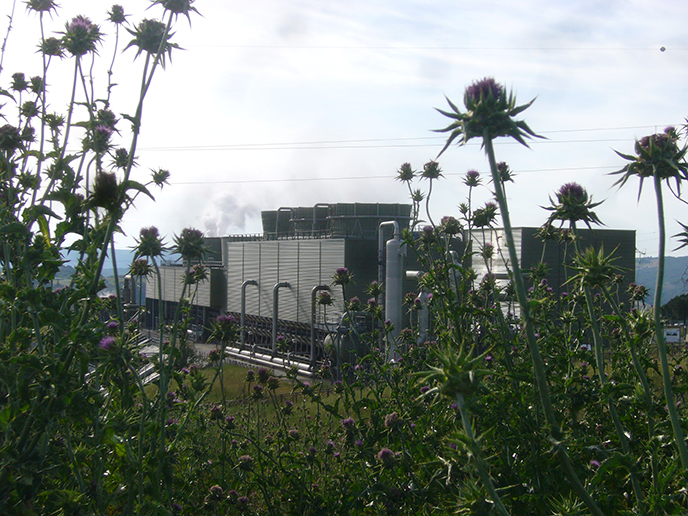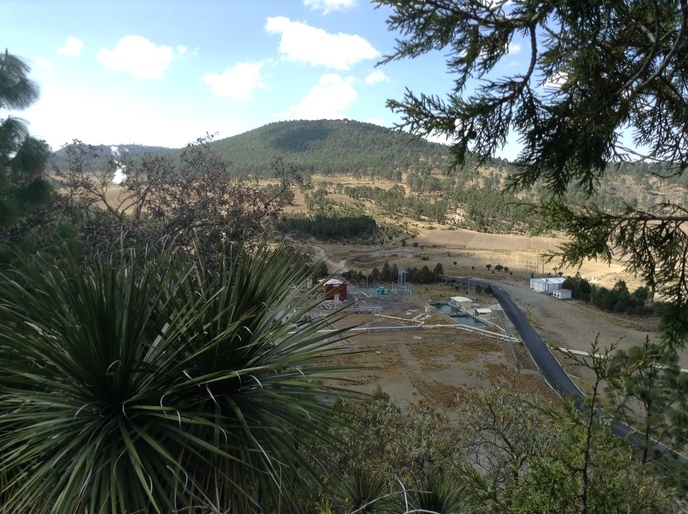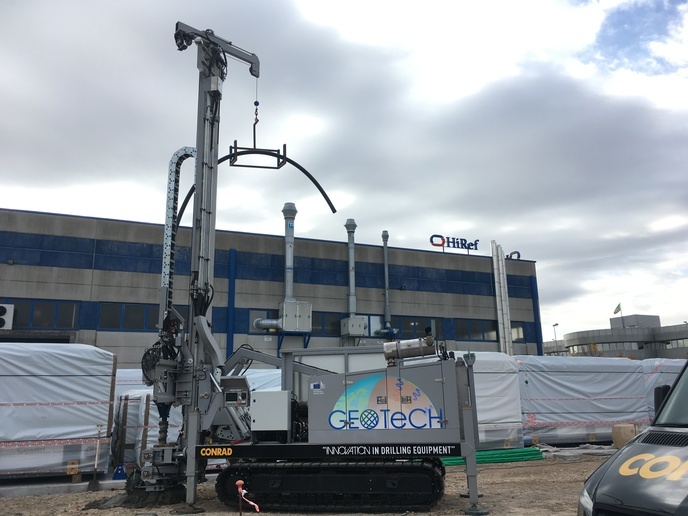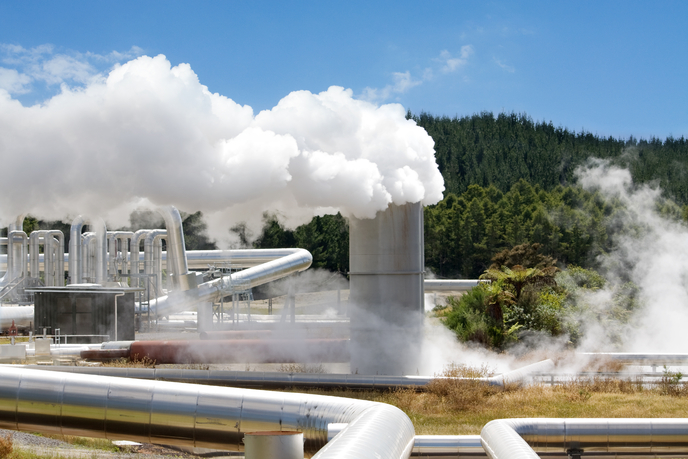Toolbox counters geothermal energy’s negative perception by focusing on potential
From buildings to greenhouses, geothermal energy(opens in new window) is used to generate electricity and for heating and cooling. As a virtually unlimited source of renewable energy that can be produced almost anywhere and is available 24/7, it is one of the most versatile and reliable renewable energy sources. The EU reaps the benefits of this energy source, boasting the fourth largest geothermal power and heat capacity worldwide(opens in new window) – enough to power about 2 million homes.
Geothermal energy has a bit of a bad green reputation
But some citizens are opposed to deep geothermal energy production, mainly due to reservations about its environmental impact. For example, some of the extraction systems can raise environmental concerns, such as greenhouse gas emissions. The negative perception of geothermal energy production may hold back its market uptake. The EU-funded GEOENVI(opens in new window) project delivered a variety of solutions to address concerns about the environment, in terms of both impacts and risks. “Dealing properly with environmental issues is a prerequisite for deploying deep geothermal resources,” stresses project coordinator Philippe Dumas, secretary general of the European Geothermal Energy Council(opens in new window). “The best way to assess potential environmental impacts is by doing a life-cycle assessment (LCA)(opens in new window), but methods to perform this analysis can vary widely, take a long time and are not tailored to energy systems.”
Life-cycle assessment tools for all situations
With a focus on Belgium, France, Hungary, Iceland, Italy and Turkey, the GEOENVI team developed an LCA method(opens in new window) that assesses the environmental impacts of deep geothermal energy plants already operating or under construction. The tool assists geothermal developers to evaluate the environmental performance of their planned project: they can quickly measure the resulting benefits. Such a reliable estimate of a given project’s environmental impact can be used to support documents required by developers, like environmental impact assessments. To help developers with little or no experience in LCA, GEOENVI has produced several new simplified models(opens in new window). It is impractical for developers to carry out a full LCA of their geothermal project before investing because the project’s actual parameters are usually only known after the first well has been drilled. The simplified LCA tool(opens in new window) helps developers evaluate the impact of their investments before construction, based on the best scientific knowledge available. It allows the life-cycle impact of different geothermal technologies, like power plants or district heating and cooling projects, to be estimated across a broad range of environmental aspects. Decision-makers and key geothermal market actors will benefit from the project’s practical recommendations(opens in new window) explaining how to harmonise environmental regulations throughout Europe.
Bringing deep geothermal energy to the mainstream
GEOENVI’s extensive dissemination and communication activities have boosted awareness of LCA in the geothermal sector. These efforts were also key to communicating geothermal projects and their benefits. They reached a diverse audience of over 150 000, including stakeholders in the scientific community and industry, as well as policymakers and the general public. The project’s work is contributing to the REPowerEU Plan(opens in new window) and the 2030 climate and energy framework(opens in new window), in support of the European Green Deal’s(opens in new window) plan to make the continent climate neutral by 2050.







